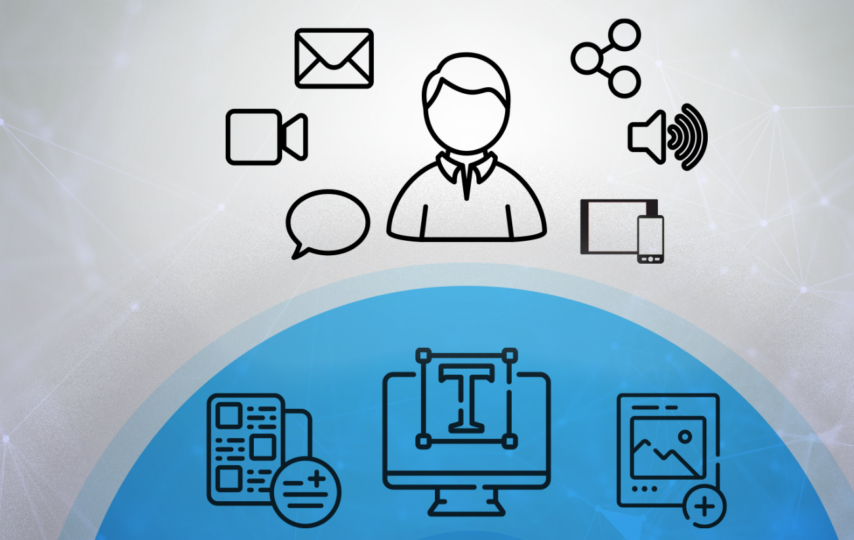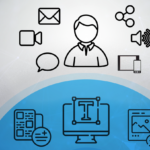In a world where consumer expectations are constantly evolving, effective engagement is the name of the game. That’s where customer communication software comes into play, serving as a centralized platform for businesses to connect with prospects and loyal patrons alike. But it’s more than just technology; it’s a strategic tool that can transform the way you build relationships, grow brand loyalty, and ultimately drive sales.
Why Communication Matters More Than Ever
We live in a digital age where customers have instant access to information—and to your competitors. This heightened connectivity brings the demand for fast, clear, and authentic communication. If you don’t meet the mark, it’s all too easy for potential customers to click over to the next available option.
Standing Out in a Crowded Marketplace
- Consistency: Sending the same message across all channels ensures you’re always recognized, whether a customer spots you on social media, in their email inbox, or through a chatbot on your website.
- Personalization: Tailor conversations to individual preferences. It’s easier and more effective than generic messages that fail to resonate.
- Real-Time Engagement: Quicker response times let customers know you value their time, boosting satisfaction and trust in your brand.
What Exactly is Customer Communication Software?
At its core, customer communication software is a platform designed to unify the various methods you use to connect with customers—think email, live chat, social media messaging, SMS, and more. Instead of juggling multiple interfaces, you manage your interactions from one convenient dashboard. The result? Smoother workflows, enhanced visibility, and a more cohesive brand experience for your audience.
Key Features to Look For
- Omnichannel Capability
Having all your communication streams in one place is a huge plus. Whether your customers prefer to talk via email, social media, or an in-app chat, you can keep track of every message and never miss a beat. - AI-Powered Assistance
Advanced tools can predict customer inquiries, auto-assign tickets to the right department, and even suggest possible solutions for a self-service experience. When used wisely, AI can drastically reduce response times and free up your team for high-level tasks. - Collaboration Tools
Internal notes, shared calendars, and team-based permissions help ensure tasks aren’t duplicated. Effective collaboration means you’re always ready to pick up where a colleague left off, offering a seamless journey for the customer. - Analytics and Reporting
Nothing drives improvement like data. Built-in analytics let you see what’s working, what isn’t, and where you can fine-tune your strategy. By analyzing response times, resolution rates, and customer satisfaction scores, you gain actionable insights to refine every aspect of your communication.
The Benefits of Centralized Communication
1. Streamlined Productivity
Picture your team toggling between multiple apps and email accounts. Disjointed systems lead to confusion, errors, and wasted time. But with a single platform, employees can see the entire conversation history with each customer, ensuring speedier resolutions and eliminating guesswork.
2. Stronger Customer Relationships
Customers appreciate quick resolutions, sure—but they really love personalized experiences. Centralizing your communication gives your team the power to address each customer’s unique needs, referencing prior interactions for a tailored conversation. Consistency and personalization are the secret ingredients that can turn one-time shoppers into lifelong brand ambassadors.
3. Data-Driven Decisions
In today’s data-driven economy, insights are king. Customer communication software tracks your interactions and translates them into easy-to-digest reports. From these, you’ll discover trends, spot bottlenecks, and even identify new revenue opportunities. Rather than making guesses, you can make informed decisions that move the needle.
4. Enhanced Brand Image
When customers sense you’re organized and on top of your communication channels, it fosters trust. A prompt, personalized response shows you value their time and concerns. This positive impression extends beyond the individual—it affects how they speak about your brand to friends, family, and social media followers.
Integrating the Software into Your Workflow
Step 1: Identify Your Needs
Before you invest in new technology, outline what you’re hoping to achieve. Are you aiming to reduce response times, build deeper customer insights, or streamline internal processes? Pinpointing these objectives helps you select the right software features.
Step 2: Onboard Your Team
Software is only as good as the people using it. Provide hands-on training, create user-friendly guidelines, and encourage questions along the way. The easier you make it for employees to adapt, the faster you’ll start reaping the benefits.
Step 3: Centralize Your Channels
Migration can be a bit of a juggling act. Start by connecting high-priority channels where you see the most customer interactions—email and live chat, for example—and then move on to social media and other platforms. A phased approach reduces the risk of confusion and technical hiccups.
Step 4: Monitor and Refine
Once your communication is centralized, keep a close watch on your analytics. Spot-check response times, revisit your scripts, and continuously seek feedback from both customers and employees. Being agile and adaptable is essential for long-term success.
Future Trends to Watch
- Chatbots and AI: As artificial intelligence continues to evolve, expect chatbots to become even more advanced at resolving customer queries in real time.
- Voice-Driven Interfaces: Many people already use voice assistants at home. Integrating voice technology could allow for hands-free customer support and streamlined service requests.
- Predictive Analytics: By examining historical data and real-time customer behavior, future tools may predict issues before they arise, allowing you to proactively offer solutions and prevent escalations.
Final Thoughts
In today’s hyper-competitive market, establishing genuine connections can set you leagues apart. By embracing customer communication software, you not only streamline your internal processes but also cultivate meaningful, lasting relationships with your clientele. From personalization to real-time insights, the benefits are clear—and they’re accessible to businesses of every size.
Don’t let outdated communication methods hold you back. Invest in the right platform, train your team, and keep analyzing the data to fine-tune your strategy. With the right tools and approach, you can transform simple conversations into powerful opportunities for growth.








